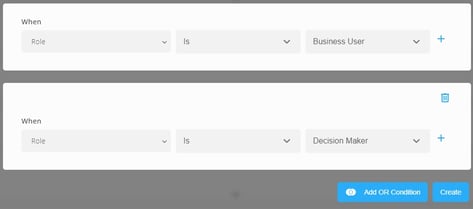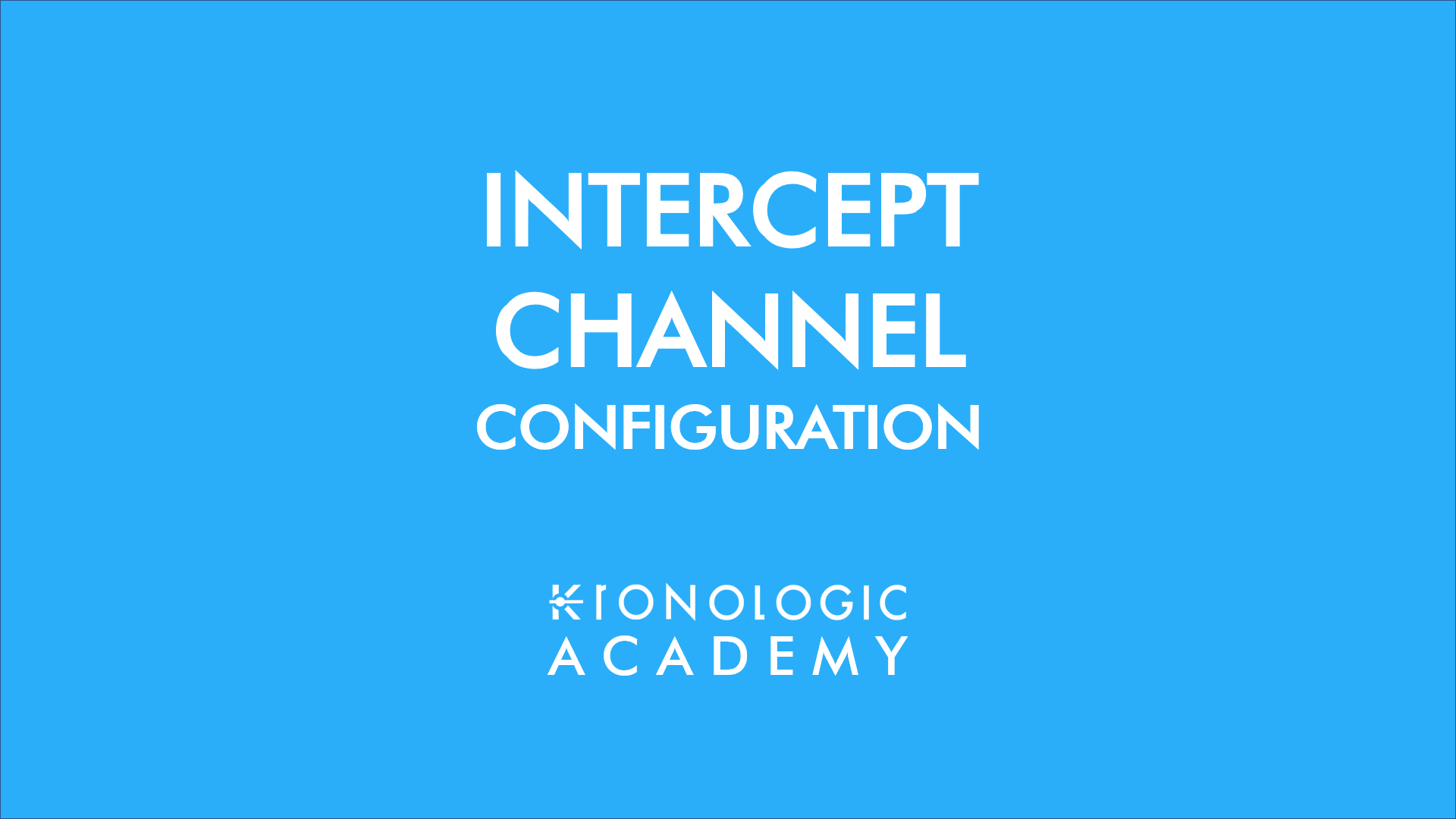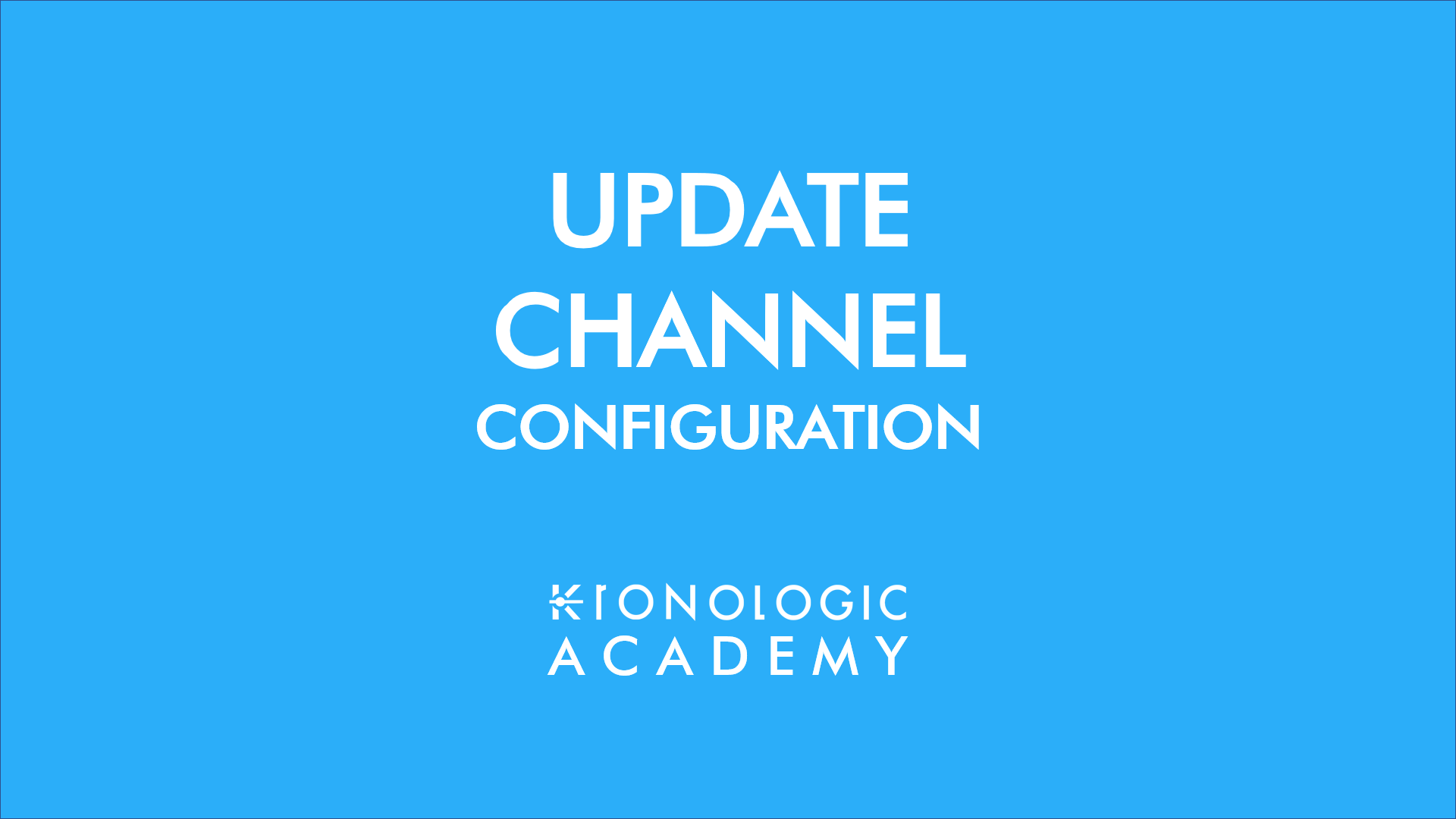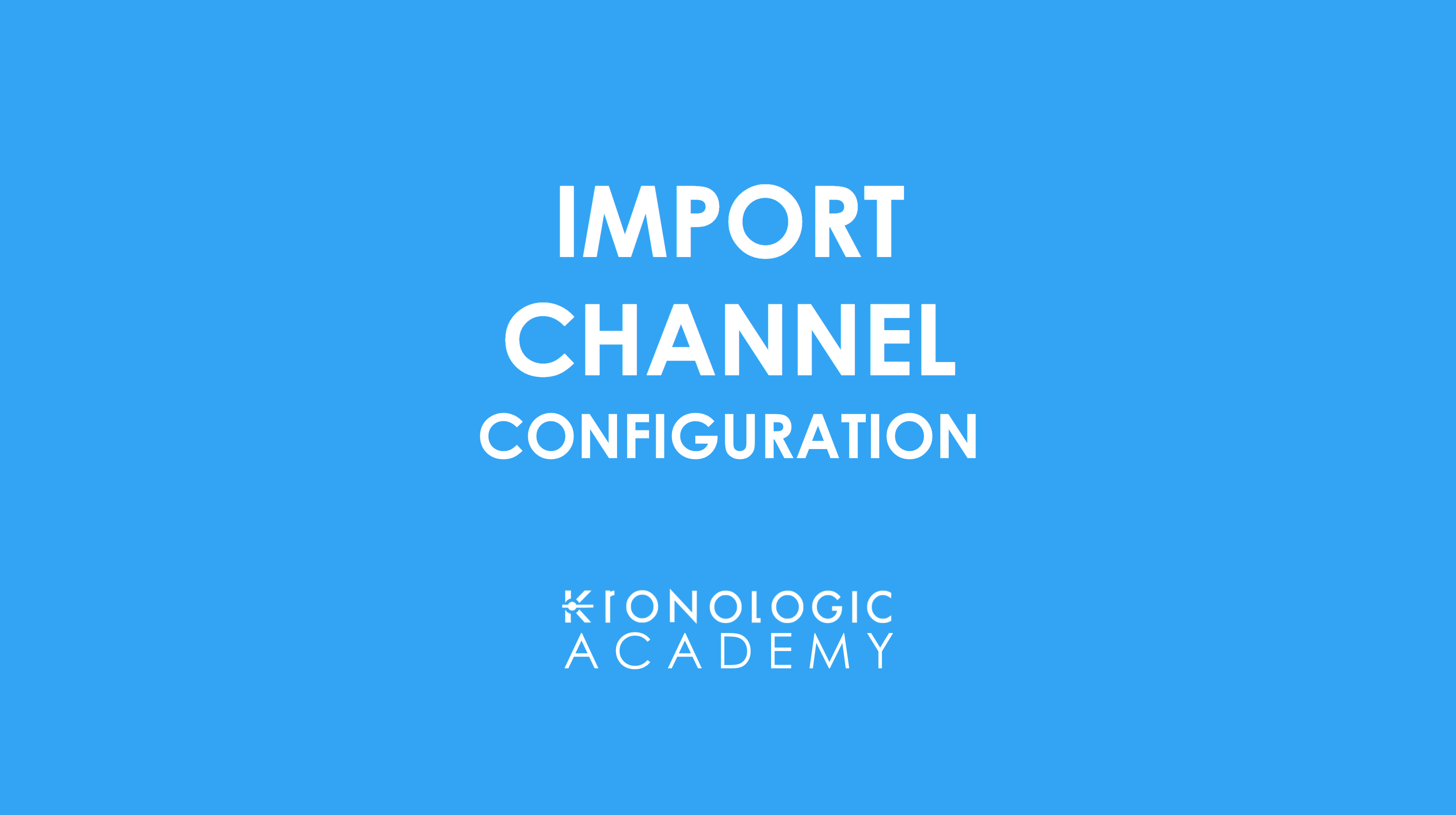One of the most powerful features Kronologic offers is its ability to communicate with existing CRM systems. Kronologic currently offers integration with Salesforce and HubSpot CRM.
Check out this brief walk-through for creating an import channel in Kronologic before we dive into the topic.
Channels are the medium through which CRM contacts connect with Kronologic meeting types and vice versa, and today we’re breaking down how to create an import channel. For the rest of this topic, we have considered Salesforce integration as an example.
First, it’s important to recognize that there are three types of channels:
Import Channel: The flow of information from Salesforce to Kronologic. An import channel allows admins to create logical conditions that once satisfied, allow meeting instances to be either initialized or initialized AND activated.
Intercept Channel: Also, a flow of information from Salesforce to Kronologic. An intercept channel allows admins to create logical conditions that once satisfied, will deactivate existing meeting instances.
This is useful when a method other than Kronologic has been successful in getting a response from the prospect and the seller or BDR wants to stop any activities that Kronologic has planned for that contact.
Update Channel: The flow of information from Kronologic to Salesforce. An update channel allows admins to create logical conditions that once satisfied, allow Kronologic to update the relevant Salesforce object with pertinent information, such as updating the status, stage or owner fields.
The Art and Science of Creating an Import Channel
A new channel can either be created from the Kronologic Channels tab or while defining a new meeting type. At this stage, you should have already defined the desired meeting types in the platform.
Channels allow admins to define the conditions under which, a meeting instance should be provisioned for a given contact. These conditions can be defined in exactly the same way you're used to building Salesforce reports. For example, Status is New AND owner role contains BDR etc.
The import channel creation process can be completed in 3 easy steps.
- Defining a channel name and associating a meeting type
- Defining integration platform and object
- Defining import logic to import contacts

Defining a channel name and associating a meeting type
Import channels and meeting types have many-to-one relationships. This means that a channel can be associated with only one meeting type. However, you could establish multiple import channels for a given meeting type.
Defining integration platform and object
Select Salesforce and set the integration object to Lead, Contact, or Opportunity Contact.
Kronologic object types ("lead", "contact" and "opportunity contact") are the same objects as in Salesforce. For example, if you select "Lead" from Kronologic's channel setup menu, you are selecting the Lead Object within Salesforce.
Defining parameters to import contacts.
The third and final step is to define the logical conditions that once satisfied, allow meeting instances to be either initialized or initialized AND activated.
Based on the object you select, Kronologic will allow you to reference any field associated with that object, including custom fields.
For example, you can set an Opportunity Contact’s role to “Business User” OR “Decision Maker” to initiate the import.

Once you’ve completed the three steps above, clicked "Create" and have enabled the channel, Kronologic will automatically perform the desired action for each associated meeting type (i.e. create contacts, initialize or initialize and activate instances). The instances created can further be tracked on the Instances dashboard.
(Note: Once enabled, a channel will only import leads/contacts/opportunity contacts that are updated to meet the criteria AFTER the channel is enabled.)
As long as the channel is set to “Active”, the import channel will remain in action. Once the channel is disabled, the import action will stop. Admins can also clone, edit and delete channels once they are created.
Originally published Oct 19, 2020 2:40:22 PM, updated
Topics: Channel

Written by Snehal Jogdand
Snehal Jogdand is a dynamic business professional with 7 years of diverse industry experience. She is passionate about developing innovative solutions that combine cutting-edge technology with a deep understanding of customer needs. With an extensive background in both customer driven roles such as sales, marketing, market research as well as technology driven roles such as business analyst, product owner and scrum-master, she upholds tech-driven approach to problem solving.



